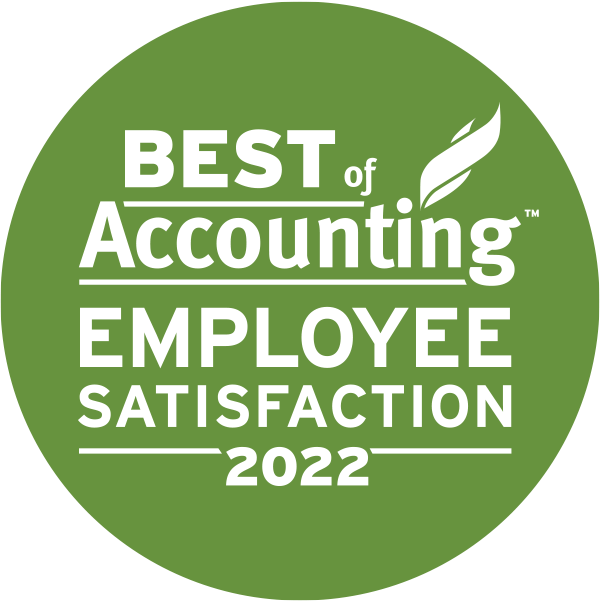They say the best things in life are free. That’s what Capital Dividends are to shareholders of Canadian small businesses.
When a Canadian controlled private corporation generates a capital gain from the sale of investments or the sale of capital assets, such as land or business goodwill, one half of the gain is subject to corporate income tax. So what happens to the other half of the gain?
How to Pay your shareholders tax-free?
The other half of the gain is credited to a notional account called the Capital Dividend Account (CDA). Payments from the CDA can be made to the company’s shareholders tax-free. Other items that can give rise to a credit to the CDA are proceeds from a life insurance policy or a Capital Dividend received from another private corporation.
What happens when a capital loss is incurred?
Conversely, if a corporation incurs a capital loss, one half of the loss reduces the CDA balance. Consequently, there are planning opportunities available if a corporation has a portfolio of investments which have a mixture of winning and losing stocks. If all of the winners are sold first, the CDA will be credited for one half of the overall gain. A Capital Dividend could then be paid out to the extent of the existing balance in the CDA. The losing stocks could then be sold to reduce the taxes owing on the initial gains. However, the Capital Dividend paid out would not be impacted as long as it was paid out before the losing stocks were sold. As such, the timing of the payment of a Capital Dividend is very important.
How to pay a capital dividend?
There is a prescribed manner in which a Capital Dividend must be paid. A corporation must file an election with the Canada Revenue Agency (CRA) on or before the date that the Capital Dividend is paid. A schedule detailing how the CDA balance has been calculated must be filed with the election form to allow the CRA to verify and approve the election. Finally, a certified copy of a director’s resolution declaring the dividend must be filed with the election.
If a Capital Dividend payment exceeds the balance in the CDA, a punitive 60% tax will be applied to the excess amount. There is a way to reverse the penalty tax by converting the Capital Dividend into a regular taxable dividend. In order to avoid having to jump through too many administrative hoops, it is very important to ensure that the Capital Dividend Account is calculated accurately prior to the payment of a Capital Dividend.
How to use your CRA Account to calculate capital dividends?
The Canada Revenue Agency’s website is becoming a better resource for calculating a company’s Capital Dividend Account. A company can register to have access to their online CRA account which provides valuable information about several important tax accounts and includes historical information on the capital gains and losses that a company has realized over a number of years. If your company has been in existence for more than 15 years, the CRA online account may not have all of the historical capital gain and loss information available. In that case, older tax returns would have to be reviewed to determine the correct balance of the Capital Dividend Account. In recent years, the CRA has created a schedule which allows companies or their accountants to request a verification of the Capital Dividend Account. You can only request a CDA balance verification once every three years and it may only be needed as a last resort if there is uncertainty about the CDA balance or if the company’s historical records do not provide an accurate assessment of the balance.
How to manage shareholders who are non-residents to Canada?
If any of the shareholders of the company are non-residents of Canada, the payment of a Capital Dividend will be subject to a non-resident withholding tax of up to 25%. This withholding tax may be lower if the recipient is a resident of a country with which Canada has a tax treaty. For example, residents of the United States would be subject to a 15% withholding tax upon the receipt of a Capital Dividend. In some cases, additional planning could be taken to create separate classes of shares to allow the tax-free Capital Dividend to be streamed to Canadian shareholders with non-resident shareholders receiving regular taxable dividends that are subject to the applicable withholding tax.
For more information on this topic, please contact your McCay Duff advisor.
Contact Us




